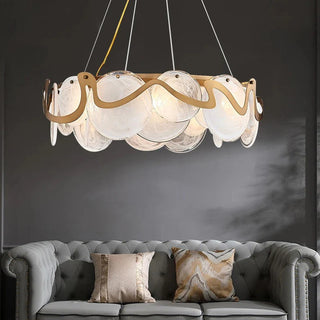A kitchen mixer tap is no less important part of it than a stove. Its dimensions, functions and additional features provide a degree of comfort for the implementation of household processes associated with washing, rinsing and cooling, therefore, it is necessary to approach the choice of such with all responsibility and care.

The first and perhaps most important feature of a kitchen faucet is its height above the sink. The larger the size of the gander, the greater the number of dishes, as well as the more items that can fit in the sink and be washed without tricks. But this moment also brings with it not very positive qualities - these are splashes and increased noise when the liquid hits the surface of the sink.
The second point is the control and regulation of the water temperature. In this case, there are two types of mixers:
- Dual handle
- Single lever

Ease of operation depends on habit, although any type can be quickly adapted. But, most often, single-lever faucets are installed in the kitchen, which allow you to use them even if your hands are busy or dirty. In addition, they are quite simple to repair and you can return them to working capacity by independent efforts, without calling a plumber.
The material for the manufacture of a kitchen faucet affects not only its durability and performance, but also your health. So it is advisable when choosing a mixer to inquire about the availability of a quality certificate on it. High-quality material is safe and will extend the life of mixer mechanisms for many years - due to frequent temperature changes, many parts can fail if the cheapest metals and alloys were used for their manufacture.

Do not forget that the kitchen faucet will often have to be cleaned of dirt, so it is better to choose a non-staining and easy-to-clean material that is not scratched and is not afraid of abrasive household chemicals. So you can keep its attractive appearance for a long time.

Well, the last thing to consider when buying a mixer tap for the kitchen is the presence of filters. They are several strainers that prevent the penetration of small particles of metal and debris that often break off from water pipes.






